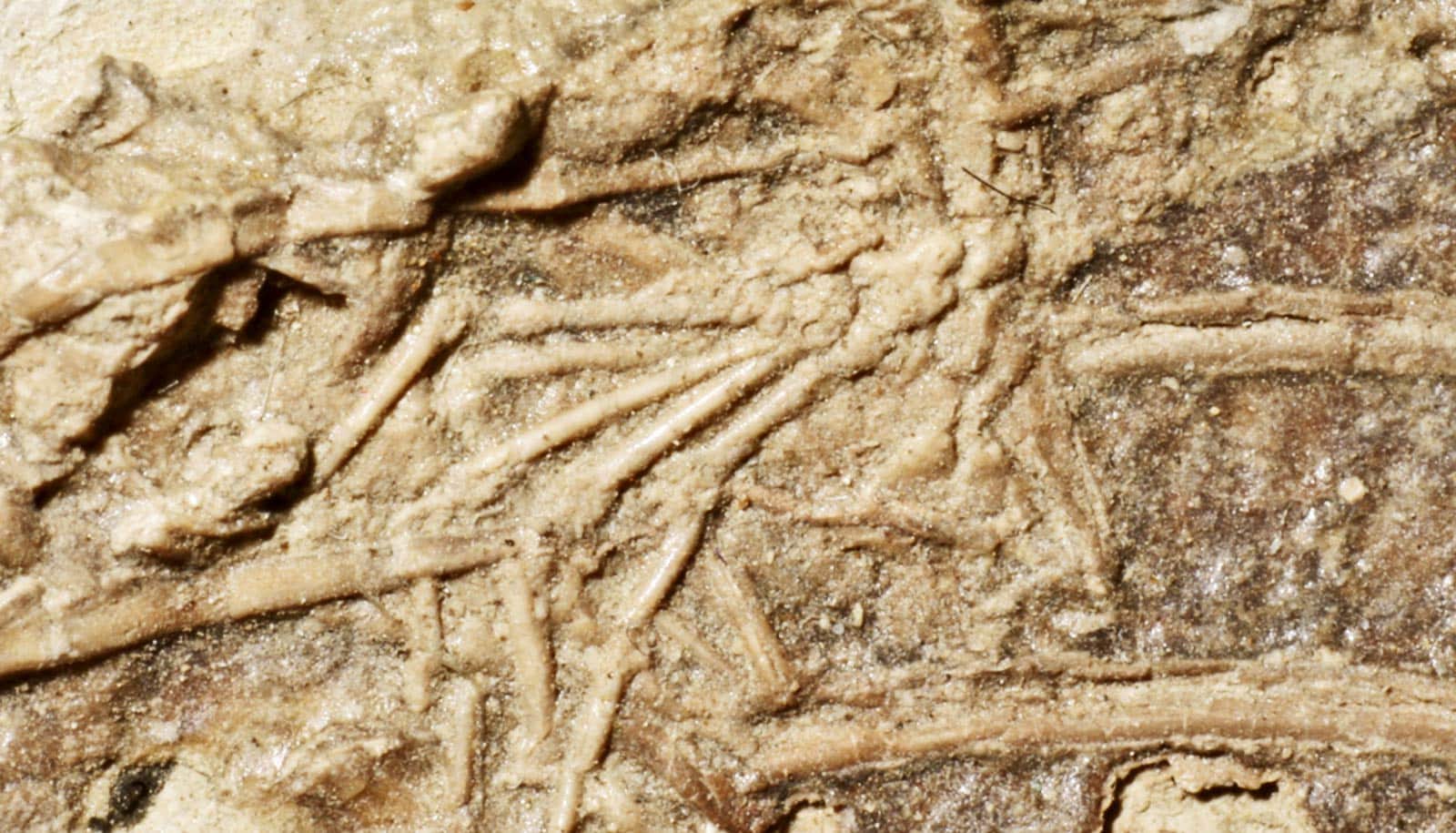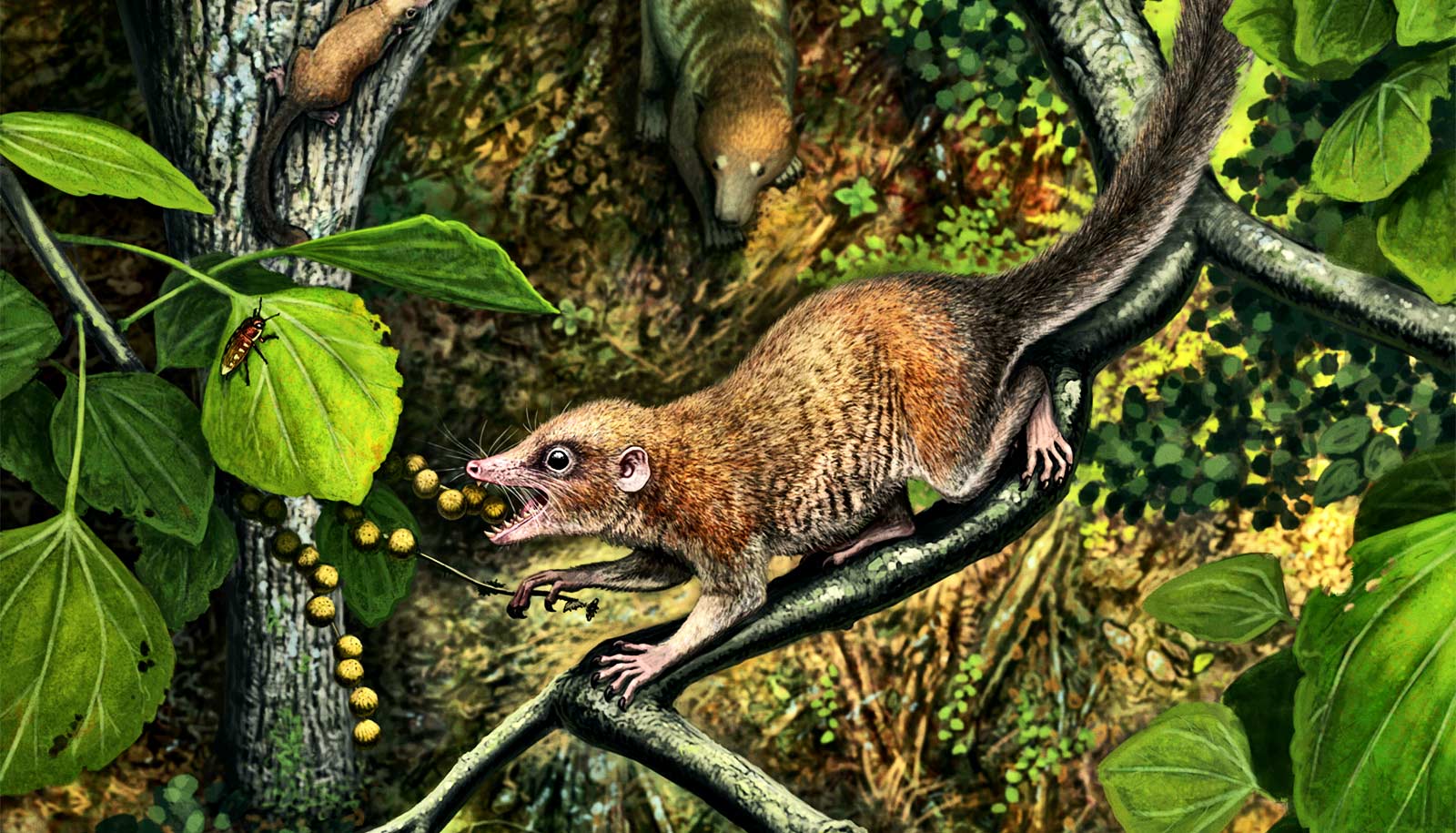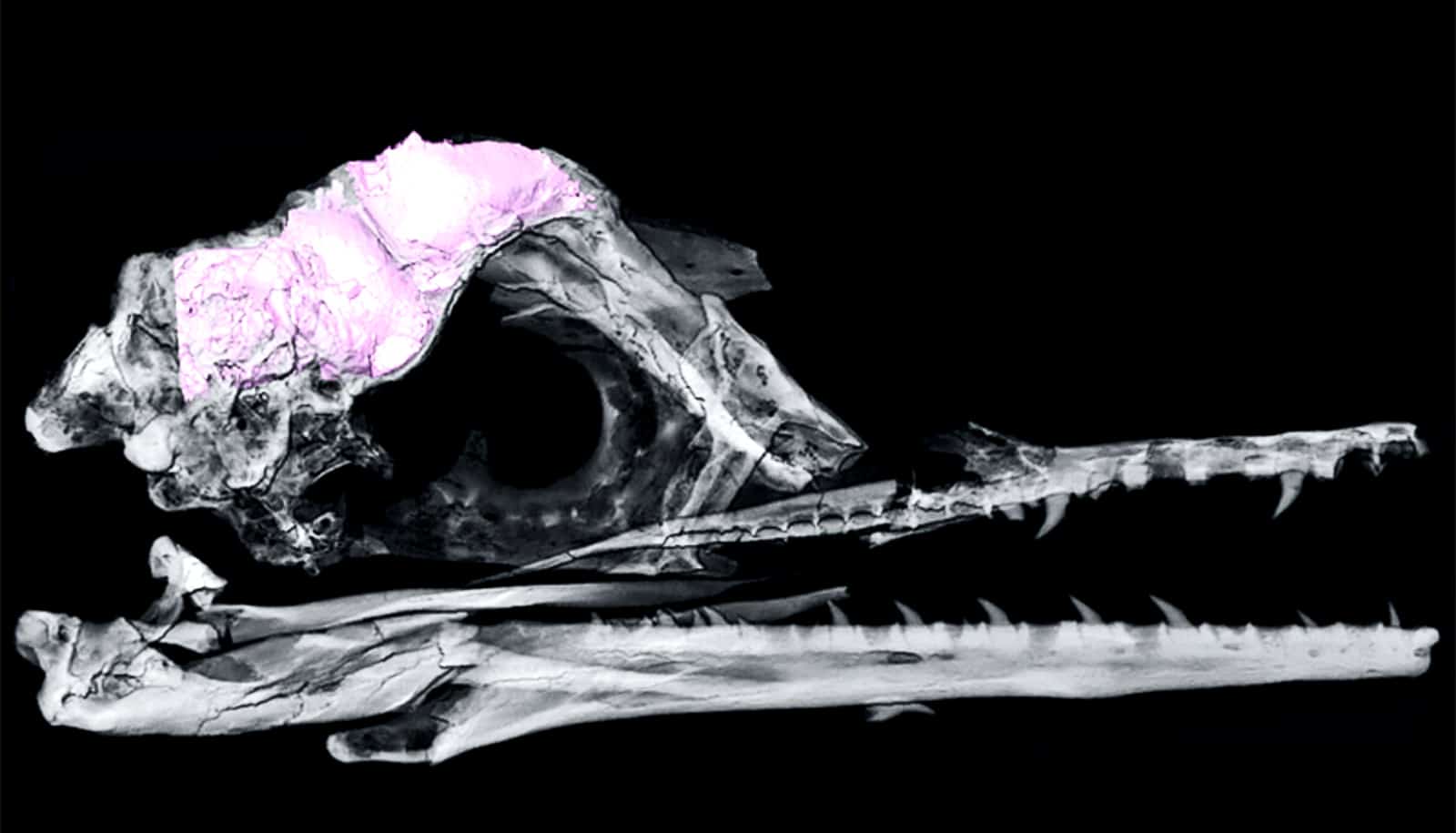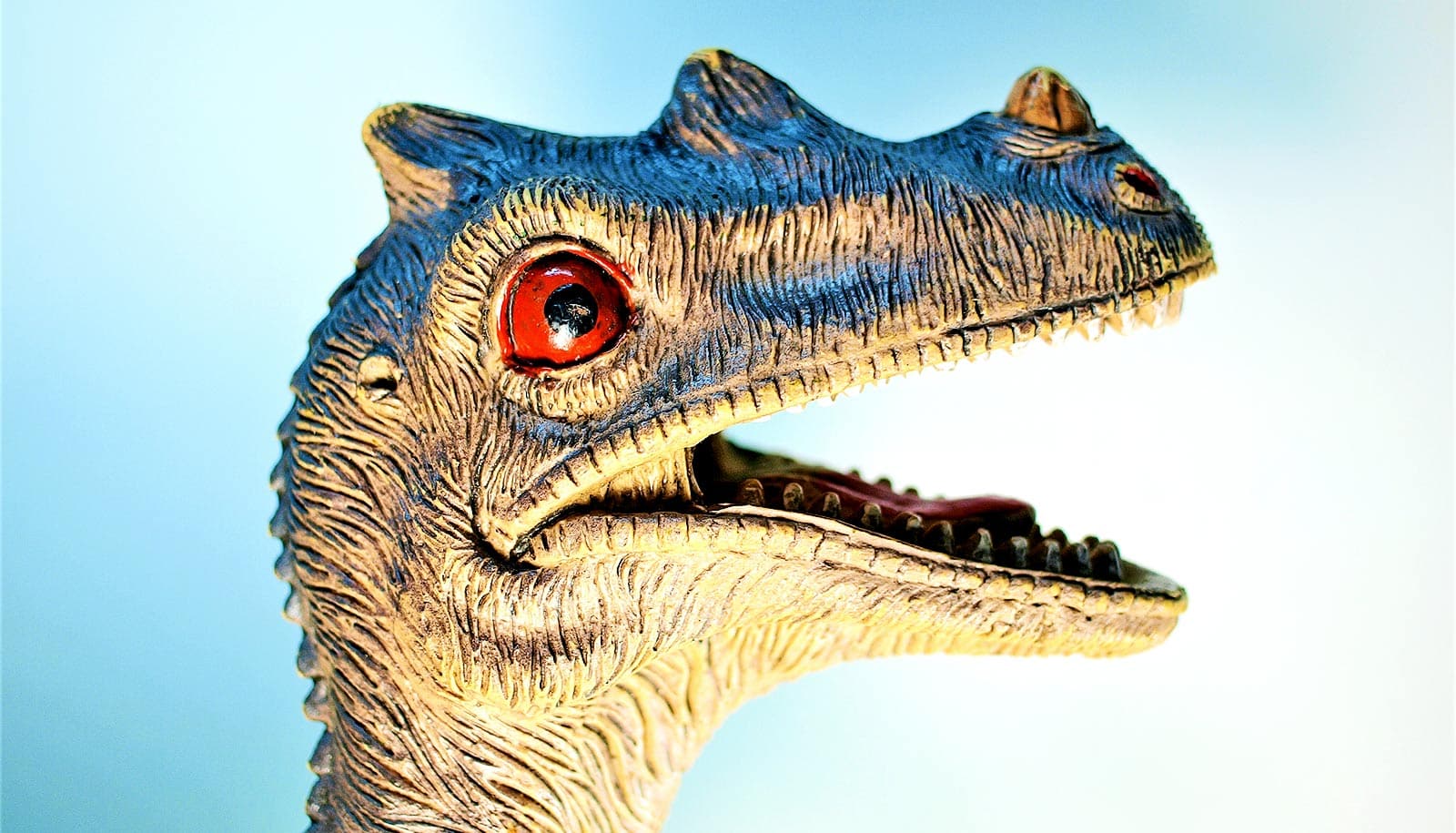The discovery of a dinosaur fossil included a rare find: the last meal it ever ate.
Of the many hundreds of carnivorous dinosaur skeletons, only 20 cases preserved their last meals. The new find makes it 21.
Microraptor was an opportunistic predator, feeding on fish, birds, lizards—and now small mammals. The discovery of a rare fossil reveals the creature was a generalist carnivore in the ancient ecosystem of dinosaurs.
When Hans Larsson, professor of biology at the Redpath Museum of McGill University, saw a complete mammal foot inside the rib cage of the small, feathered dinosaur, his jaw dropped.
“At first, I couldn’t believe it. There was a tiny rodent-like mammal foot about a centimeter long perfectly preserved inside a Microraptor skeleton. These finds are the only solid evidence we have about the food consumption of these long extinct animals—and they are exceptionally rare,” says Larsson, who came across the fossil while visiting museum collections in China.
Fully feathered with wings on both its arms and legs, this dinosaur is closely linked to the origin of birds. Microraptor was about the size of a crow and one of the smallest dinosaurs. The first specimen was discovered in deposits in Liaoning, China, in the early 2000s.
“We already know of Microraptor specimens preserved with parts of fish, a bird, and a lizard in their bellies. This new find adds a small mammal to their diet, suggesting these dinosaurs were opportunistic and not picky eaters,” Larsson says. “Knowing they were not specialized to any particular food is a big deal.”
This could be the first evidence of a generalist carnivore in dinosaur ecosystems, the researchers say. Generalist predators are important stabilizers in today’s ecosystems, like foxes and crows, because they can feed among several species that may have differing population abundances.
“Knowing that Microraptor was a generalist carnivore puts a new perspective on how ancient ecosystems may have worked and a possible insight into the success of these small, feathered dinosaurs,” says Larsson.
The study appears in the Journal of Vertebrate Paleontology.
Source: McGill University



